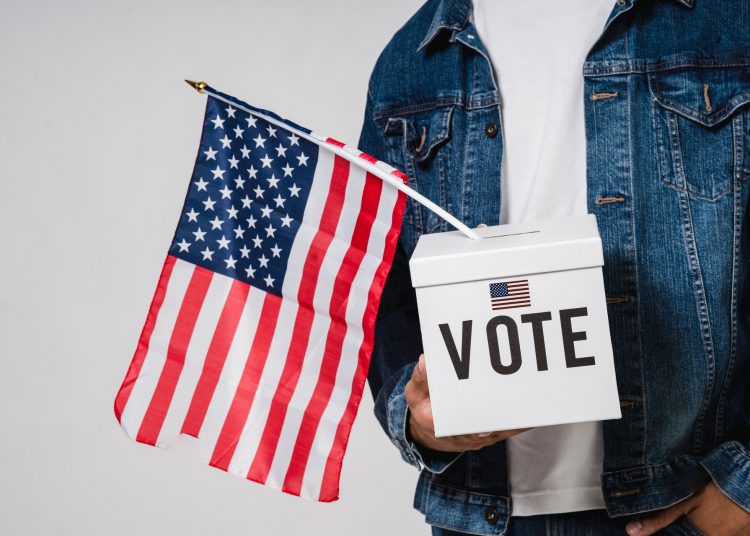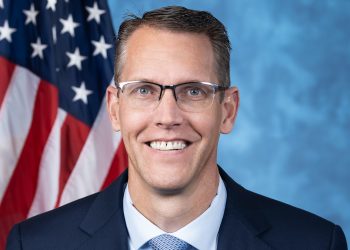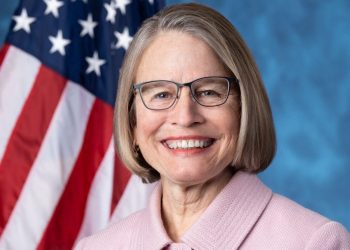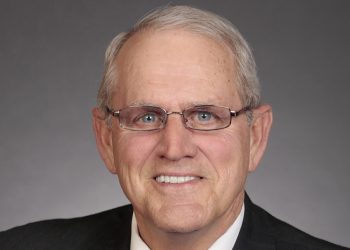DES MOINES, Iowa – The Republican Party of Iowa expands its voter registration edge over the Iowa Democratic Party heading into Election Day. The Iowa Secretary of State’s office reports that Republicans statewide have 89,505 more registered voters than Democrats.
Republicans have 687,710 active registered voters statewide, while Democrats have 598,205 registered voters. In addition, there are 577,740 registered “no party” voters. Republicans (+2,910) and Democrats (+1,429) increased their statewide voter registration numbers since October. The most significant growth was among “no party” voters, with an uptick of 6,951 since October.
In 2020 before Election Day, Republicans only had a statewide voter registration edge of 20,590. In 2018, they had 22,513 more registered voters than Democrats.
However, Democrats hold voter registration leads in three of Iowa’s four newly-drawn congressional districts. Democrats currently have a 2,173 voter registration edge over Republicans. In Iowa’s 2nd Congressional District, Democrats hold a slim 119 voter registration advantage. Democrats in Iowa’s 3rd Congressional District, Iowa Democrats have 3,257 more registered voters than Republicans. The only congressional district where Republicans have an overwhelming advantage is Iowa’s 4th Congressional District. There, Republicans have a voter registration edge of 95,054.
Yes, but Democrats have seen their voter registration edge decrease in those congressional districts where they lead.
The new Iowa 1st Congressional District has 159,223 registered Republicans, 161,396 registered Democrats, and 152,650 “no party voters.” However, when incumbent Republican Congresswoman Mariannette Miller-Meeks faced a deficit of 23,730 voters in 2020 when she won her seat in the former Iowa 2nd Congressional District. Democrats had an advantage of 23,739 registered voters when U.S. Rep. Dave Loebsack, D-Iowa, won re-election in 2018. So Miller-Meeks is in a better position in her race against State Rep. Christina Bohannan, D-Iowa City.
The new Iowa 2nd Congressional District has 159,175 Republicans, 159,294 Democrats, and 157,030 “no-party” voters. In 2020, when U.S. Rep. Ashley Hinson, R-Iowa, defeated then-incumbent Democrat Congresswoman Abby Finkenauer in the old Iowa 1st Congressional District with a deficit of 24,309 voters. When Finkenauer defeated the incumbent Republican in 2018, she had a voter registration edge of 23,231. This year, Hinson does not registered voter deficit to overcome in her race against State Senator Liz Mathis, D-Hiawatha.
The newly drawn Iowa 3rd Congressional District has 161,703 Republicans, 164,960 Democrats, and 137,268 “no party” voters. U.S. Rep. Cindy Axne, D-Iowa, had an advantage of 10,970 registered voters when she defeated former Congressman David Young by 7,709. That was up from a voter registration edge of 978 when she defeated then-incumbent Young in 2018. Axne has voter registration advantage in her race against State Senator Zach Nunn, R-Bondurant, that is less than half of what she had in 2020.
U.S. Rep. Randy Feenstra, R-Iowa, is expected to successfully defend his seat in Iowa’s 4th Congressional District as Republicans and “no party” voters outnumber registered Democrats.
Should independents break toward Republicans, they will sweep all four congressional districts next Tuesday.














